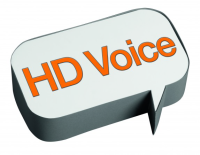 This week saw the UK get national coverage of the next evolution in telephony, HD Voice, from Orange. Technically, it has been a long time coming - the first wideband codec to be standardised by the telecommunications industry (ITU-T) was G.722 and it dates back to the 1980s! It was perhaps constrained in its early years by the patents in place to use it, but now patent free, it is seeing widespread adoption in enterprise solutions such as IP-based desk phones and conferencing systems.
This week saw the UK get national coverage of the next evolution in telephony, HD Voice, from Orange. Technically, it has been a long time coming - the first wideband codec to be standardised by the telecommunications industry (ITU-T) was G.722 and it dates back to the 1980s! It was perhaps constrained in its early years by the patents in place to use it, but now patent free, it is seeing widespread adoption in enterprise solutions such as IP-based desk phones and conferencing systems.Orange's announcement is of nationwide availability of HD Voice based on a codec developed specifically for mobile environments, AMR-WB (a.k.a. G.722.2). Even though it is only available between two HD Voice capable handsets (currently Orange only offers 4 of these - Nokia's 5230, X6 and E5 and Samsung's Omnia Pro B7350) and only if both are on the Orange network, it is a great step forward, and in the current economic climate it is testament to Orange/France Telecom's forward thinking that they have taken this step ahead of all the other UK operators, and indeed ahead of most mobile operators worldwide.
Some sceptical bloggers have commented on the Orange announcement and asked why we need HD Voice, or slated the use of the 'HD' terminology arguing that any digital voice signal is compressed and will never be as good as broadcast HD audio. But then it doesn't have to be capable of reproducing a pin-sharp rendition of Beethoven's 5th, for example. For an application where the intent is to pass a conversation between two parties, the extended audio bandwidth of HD Voice (50-7000Hz) is more than enough.
I like to use the following analogy to describe what HD Voice is like, after all, not many of us have heard it yet.
Imagine you are in a room speaking person to person, but you have your hand against your mouth - your speech is muffled, and the person you are talking to has a difficult time in understanding some of the words you are saying - was that 'part' or 'tart'; did he say 'moan' or 'known'. Now imagine your hand is dropped - your speech is much clearer to the other person, because more of the energy of that speech signal is allowed to reach them - that can be likened to the effect of using HD Voice in a telephony system.
You don't need to be able to send the full audio bandwidth discernable by the human ear (roughly 0 to 20,000Hz) down the line, because just by expanding it from the current 300-3400Hz to 50-7000Hz, you are allowing much more of the information in the voice to be transmitted, in particular the information that allows you to discern p' from 't', 'm' from 'n', and 's' from 'f'.
So I say "bravo" to Orange - now all that we need is for other operators (both fixed and mobile) to follow suit, and for interoperability to be achieved.
At Aculab, we are doing our part in making available a full range of HD Voice codecs on our telephony platforms. We currently support:
Once the consumer has a handset capable of achieving a much clearer call, they would be disappointed if, for example, when they called into the operators call centre or when they used their voicemail system, that the call was not possible in HD Voice and it would revert to the old standard. Aculab's technology is ideal for the development of the servers used at call centres and for voice play/record systems and can handle both the narrowband (traditional) voice signals and the wideband (HD Voice) signals.
If you want to know more about the array of wideband codec choices, or further background on wideband technology then check out my previous blog posts, or download a copy of the (free) Aculab whitepaper on HD Voice.
About me
Andrew Nicholson is a Product Manager at Aculab responsible for the Prosody X and Prosody S media processing products. You can contact me here. Alternatively, follow Aculab using our Twitter account



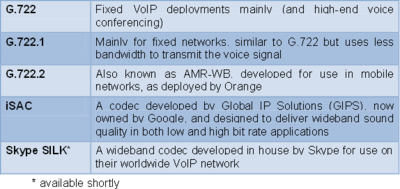

 Technorati
Technorati Del.icio.us
Del.icio.us Slashdot
Slashdot Digg
Digg twitter
twitter
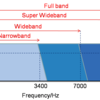
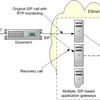














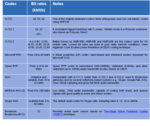









Good job!